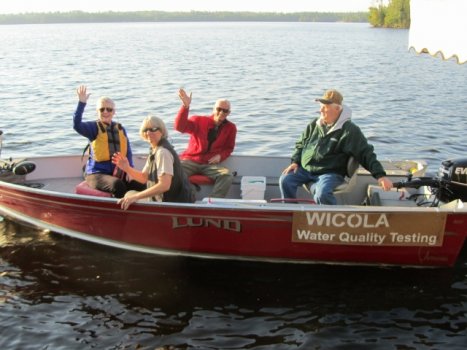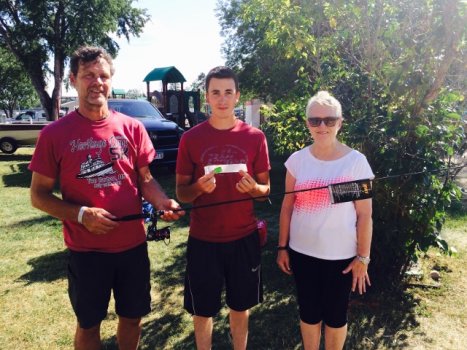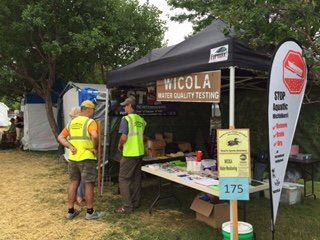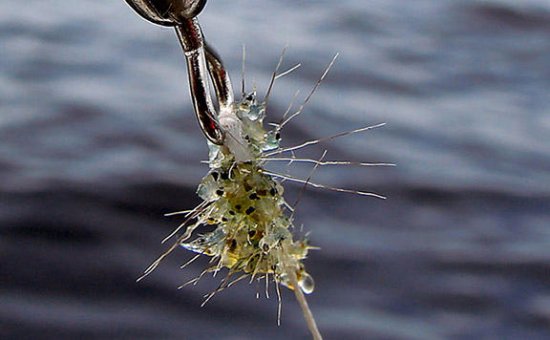From MPCA Weekly Digest:
As we begin the New Year, we wanted to provide a quick update on MPCA activities related to the wild rice sulfate standard revision.
The MPCA’s Request for Comments for the sulfate standard to protect wild rice ended on Friday, December 18, 2015. Thanks to all of you who took the time to provide comments to us; they will be very helpful as we move into the rulemaking phase of this effort. Please note there will be additional opportunities for formal review and comment when the proposed rules are published in the State Register and during public hearings.
The agency received more than 600 comment letters. All of the comments received are now posted on the wild rice rulemaking webpage https://www.pca.state.mn.us/water/sulfate-standard-protect-wild-rice under the “Rulemaking” tab. Identical comment letters received from more than one person or group are listed once in the summary document with individual commenters and addresses from those identical letters listed in the accompanying spreadsheet.
MPCA staff continues to work on refinements to the wild rice waters definition, list of wild rice waters and refinement of the proposed approach that will become part of the Agency’s technical support document for the upcoming rulemaking. Please note that MPCA intends to submit the underlying scientific work for peer review via the scientific journal publication process. In addition, scientists are analyzing data from this summer’s sediment sampling of wild rice beds in order to evaluate the variability of total organic carbon and extractable iron in the sediments within wild rice waters. We expect this work to continue from January through March.
 Water Monitoring_1.jpg) Thanks to all the volunteers who contributed to a successful water monitoring season! On Tuesday, September 15, volunteers from WICOLA, Bob D., Chris C., Dave S., and Teresa S., spent a beautiful fall day on WICOL to finish up the water monitoring season. Also, thanks go to WICOL volunteers Bud C. and Dave C. and the many other volunteers who monitored on WICOL, Birch and Fall Lakes this summer.
Thanks to all the volunteers who contributed to a successful water monitoring season! On Tuesday, September 15, volunteers from WICOLA, Bob D., Chris C., Dave S., and Teresa S., spent a beautiful fall day on WICOL to finish up the water monitoring season. Also, thanks go to WICOL volunteers Bud C. and Dave C. and the many other volunteers who monitored on WICOL, Birch and Fall Lakes this summer.
 Paul Sires on behalf of Briana Nihart accepting the winning prize in the rusty crayfish count. Briana was one of three who guessed within one of the 116 crayfish in the two quart bottle. The rod and reel was donated by WICOLA members, Bob and Dolores Delaney.
Paul Sires on behalf of Briana Nihart accepting the winning prize in the rusty crayfish count. Briana was one of three who guessed within one of the 116 crayfish in the two quart bottle. The rod and reel was donated by WICOLA members, Bob and Dolores Delaney. Volunteers from WICOLA, Partner Organizations (Sea Grant, 1854 Treaty Authority, MPCA, Lake County, Lake SWCD, North St. Louis SWCD, Burntside Lake Association), and VCC Interns talked with approximately 800 visitors to the Blueberry Festival. Visitors to the booth welcomed the information provided about the spread and prevention of aquatic invasive species, and water monitoring in WICOL and surrounding lakes throughout the watershed. Thanks to all our volunteers and all those who continue to work to keep our waters clean!
Volunteers from WICOLA, Partner Organizations (Sea Grant, 1854 Treaty Authority, MPCA, Lake County, Lake SWCD, North St. Louis SWCD, Burntside Lake Association), and VCC Interns talked with approximately 800 visitors to the Blueberry Festival. Visitors to the booth welcomed the information provided about the spread and prevention of aquatic invasive species, and water monitoring in WICOL and surrounding lakes throughout the watershed. Thanks to all our volunteers and all those who continue to work to keep our waters clean! Anglers reported suspected spiny waterfleas to Department of Natural Resources staff and supplied a specimen to the DNR fisheries office in Tower, where it was positively identified. DNR aquatic biologists surveyed portions of the lake with plankton nets and weighted lines to confirm the presence of spiny waterflea in the lake. Live specimens were located near J B and Ely islands in the east basin.
Anglers reported suspected spiny waterfleas to Department of Natural Resources staff and supplied a specimen to the DNR fisheries office in Tower, where it was positively identified. DNR aquatic biologists surveyed portions of the lake with plankton nets and weighted lines to confirm the presence of spiny waterflea in the lake. Live specimens were located near J B and Ely islands in the east basin.